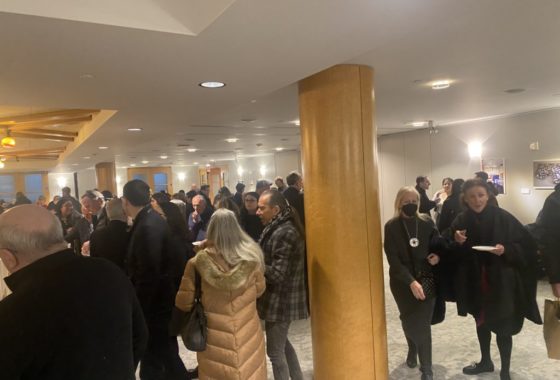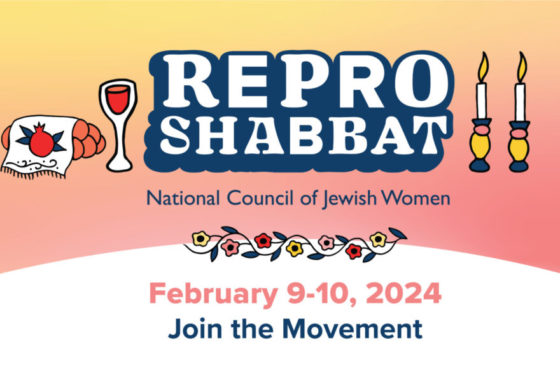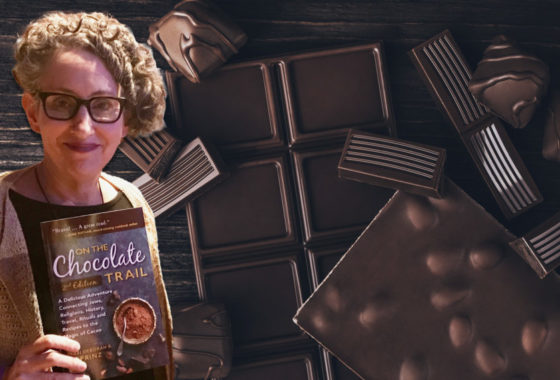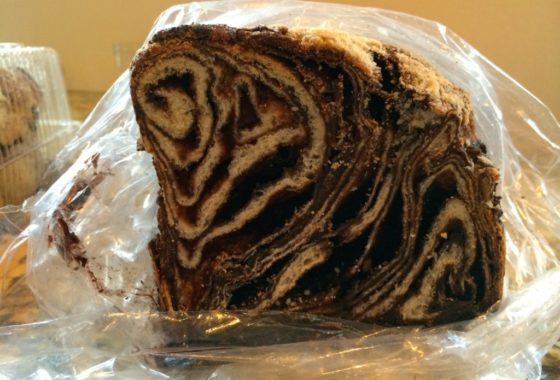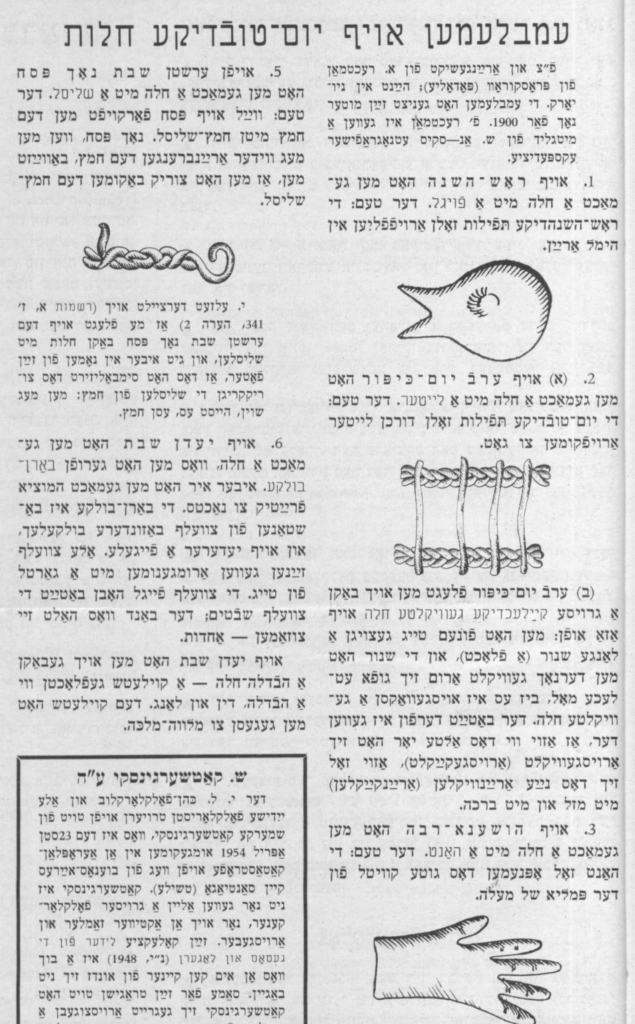
Baking Prayers into High Holiday Breads
Every summer during the years I was a congregational rabbi, I pulled out my annual High Holiday checklist to help me plan for the season’s intensity. Amid the sermon writing, cue meetings, neither Mark nor I, with our respective rabbinic duties, had time for home baked challah. So, most importantly for our children, my planning included pre-ordering round, raisin-studded challot. Then, on Rosh Hashanah evening when our children gleefully dunked those first chunks into honey, their tastebuds confirmed that a new year had started.
Of course, we weren’t the only ones welcoming the fall’s spiritual arc with round, sweet challot. Bread circles hint at the cycles of life and years and embody our craving for longevity. When piled into a crown shape, they echo High Holiday liturgies about God’s sovereignty and the medieval liturgical poem “Anim Z’mirot,” which refers to the Jewish people as “a crown in God’s hand, a royal tiara.”
Yet, other Ashkenazi customs also symbolically bake prayers into High Holiday breads. German Jews signified prosperity by burying coins or rings into their dough. For them, key shapes and keys submerged into the dough suggested the opening of the gates of prayer and repentance. Eastern European bread traditions expressed prayerful ideas through breads as well. Ethnographer Avrom Rechtman sweetly documented his mother’s breads from pre-1900 Chmielnicki in Western Ukraine: birds for Rosh Hashanah, ladders for Yom Kippur, and hands for Hoshana Rabbah. At Rosh Hashanah, dough formed into birds conveyed prayers flying up to heaven, divine verdicts arriving for the New Year, all sins soaring away, or, the fulfillment of the Bible’s prophecy, “As birds hovering, so will the God of hosts protect Jerusalem.” The term feigele, a Yiddish word for bird, often refers to the challah for Rosh Hashanah.
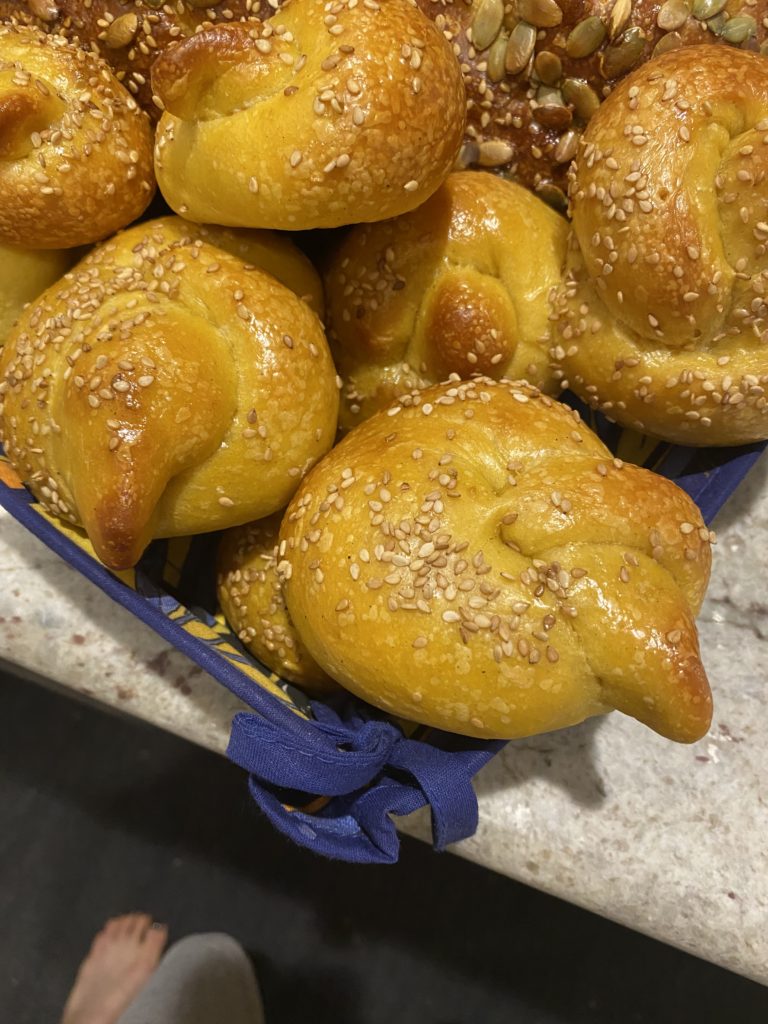
At Yom Kippur, challah ladders encouraged High Holiday supplications heavenward as well. In addition, ladders recall the ups and downs of life. In the Torah, Jacob dreams of angels ascending and descending a ladder, reminding him of the divine presence even in his despair. Mrs. Rechtman preferred a different message for Yom Kippur when she rolled out a very long, thin, string of dough, and coiled it around itself to create a spiral. She compared it the unravelling of the previous year in the hope that the new one would be wrapped up with good fortune and plenty. Strands of dough shape the season’s longings.
The Hoshana Rabbah breads for the final judgment day of the High Holiday season, shaped like hands, expressed yearning for a good kvitl, a handwritten note from the divine Author. The outspread fingers of these breads also represented friendship and forgiveness.
Prayers flow into and out of these emblematic Ashkenazi breads.Recent Posts
-
Sweet Treat: Chocolate and the Making of American Jews
You may wonder: how did chocolate help define American Jews? Through chocolate, we see that Jews were part of America since its earliest days. Well, since 1701 at least, Jews in the Colonies made part of their living through chocolate. Several Sephardim, leaders of their New York and Newport Jewish and secular communities, participated in
Read more › -
How About Some Uterus Challah?
When Logan Zinman Gerber felt enraged about the loss of reproductive rights in the U.S., she baked challah. Not any challah. She shaped it into a uterus. It wasn’t long after the birth of her daughter that Gerber, a longtime challah baker and staff member of the Religious Action Center of the Reform movement, considered
Read more › -
A Manhattan synagogue explores the rich, surprising history of Jews and chocolate
I’m grateful for this story written by Rachel Ringer, published at JTA/NY Jewish Week on December 20, 2023: (New York Jewish Week) — In 2006, Rabbi Deborah Prinz was on a trip to Europe with her husband, Rabbi Mark Hurvitz, when they wandered into a chocolate shop in Paris. While meandering about the store, Prinz picked
Read more › -
Exhibit Opens! Sweet Treat! Chocolate & the Making of American Jews
Sweet Treat is a delicious gastronomic adventure into the history and resilience of American Jewish chocolate making. This exhibition invites you to follow the chocolate trail to America, a scrumptious journey through time and place. Chocolate gives us a lens to understand Jewish migration, as the chocolate trade parallels the migrations of the Jewish
Read more ›
Some Previous Posts
(in alphabetical order)
- "Boston Chocolate Party" Q&As with Deborah Kalb
- 2022 Media for The "Boston Chocolate Party"
- About Rabbi Deborah Prinz
- Baking Prayers into High Holiday Breads
- Boston Chocolate Party
- Chocolate Chip Politics
- Digging into Biblical Breads
- For the Easiest Hanukah Doughnuts Ever
- Forthcoming! On the Bread Trail
- Funny Faced Purim Pastries
- Good Riddance Chameitz or, The Polemics of Passover's Leaven
- Injera*
- Israeli Chocolate Spread
- Jewish Heritage Month: Baseball & Chocolate!
- Matzah - But, the Dough Did Rise!
- Plan a Choco-Hanukkah Party: 250th Anniversary Tea Party
- Prayers Into Breads
- To Shape Dough: A Trio of Techniques
- Why Is Challah On My Matzah Box?
